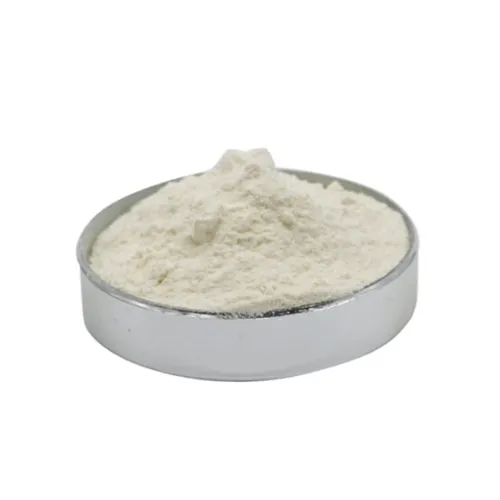Warning: Undefined array key "title" in /home/www/wwwroot/HTML/www.exportstart.com/wp-content/themes/1198/header.php on line 6
Warning: Undefined array key "file" in /home/www/wwwroot/HTML/www.exportstart.com/wp-content/themes/1198/header.php on line 7
Warning: Undefined array key "title" in /home/www/wwwroot/HTML/www.exportstart.com/wp-content/themes/1198/header.php on line 7
Warning: Undefined array key "title" in /home/www/wwwroot/HTML/www.exportstart.com/wp-content/themes/1198/header.php on line 7
- Afrikaans
- Albanian
- Amharic
- Arabic
- Armenian
- Azerbaijani
- Basque
- Belarusian
- Bengali
- Bosnian
- Bulgarian
- Catalan
- Cebuano
- China
- China (Taiwan)
- Corsican
- Croatian
- Czech
- Danish
- Dutch
- English
- Esperanto
- Estonian
- Finnish
- French
- Frisian
- Galician
- Georgian
- German
- Greek
- Gujarati
- Haitian Creole
- hausa
- hawaiian
- Hebrew
- Hindi
- Miao
- Hungarian
- Icelandic
- igbo
- Indonesian
- irish
- Italian
- Japanese
- Javanese
- Kannada
- kazakh
- Khmer
- Rwandese
- Korean
- Kurdish
- Kyrgyz
- Lao
- Latin
- Latvian
- Lithuanian
- Luxembourgish
- Macedonian
- Malgashi
- Malay
- Malayalam
- Maltese
- Maori
- Marathi
- Mongolian
- Myanmar
- Nepali
- Norwegian
- Norwegian
- Occitan
- Pashto
- Persian
- Polish
- Portuguese
- Punjabi
- Romanian
- Russian
- Samoan
- Scottish Gaelic
- Serbian
- Sesotho
- Shona
- Sindhi
- Sinhala
- Slovak
- Slovenian
- Somali
- Spanish
- Sundanese
- Swahili
- Swedish
- Tagalog
- Tajik
- Tamil
- Tatar
- Telugu
- Thai
- Turkish
- Turkmen
- Ukrainian
- Urdu
- Uighur
- Uzbek
- Vietnamese
- Welsh
- Bantu
- Yiddish
- Yoruba
- Zulu
сеп. . 01, 2024 08:12 Back to list
Propylene Glycol (Propane-1,2-diol) - Properties, Uses, and Benefits
Understanding Propylene Glycol The Versatile Chemical
Propylene glycol, also known scientifically as propane-1,2-diol, is a colorless, odorless liquid that is hygroscopic and miscible with water. This compound has gained immense popularity due to its versatility and safety profile, making it a staple in various industries including food, pharmaceuticals, cosmetics, and industrial applications.
Chemical Properties and Production
Propylene glycol is derived from propylene oxide, a compound that is produced from petroleum products. The chemical structure of propylene glycol consists of three carbon atoms and two hydroxyl groups, which are responsible for its ability to attract and hold water molecules. This property makes propylene glycol an excellent humectant, meaning it can help retain moisture in products.
The production process of propylene glycol generally involves two main methods non-catalytic high-temperature synthesis and catalytic hydrogenation of propylene oxide. The resulting product is typically of high purity and can be further refined for specific applications.
Applications in Different Industries
1. Food Industry In the food sector, propylene glycol is utilized as a food additive (E1520), serving as a solvent for flavors, colors, and other food additives. Its ability to retain moisture makes it an important ingredient in various processed foods, contributing to the texture and shelf-life of products like baked goods and sauces.
2. Pharmaceutical Sector Propylene glycol is widely used in pharmaceutical formulations. Its low toxicity allows it to be incorporated into various medications, including oral, injectable, and topical treatments. It acts as a solvent for active pharmaceutical ingredients, ensuring their stability and efficacy.
propylene glycol propane 1 2 diol

3. Cosmetics and Personal Care In the cosmetic industry, propylene glycol serves as a moisturizer and skin conditioning agent. It helps in formulating lotions, creams, and other personal care products, enhancing their texture and providing a smooth application. Its ability to dissolve other ingredients also makes it valuable in makeup formulations.
4. Industrial Use Beyond consumer products, propylene glycol has applications in the industrial sector as well. It is used as an antifreeze and coolant in various automotive and industrial applications due to its low freezing point and high boiling point. Additionally, it functions as a carrier for active ingredients in agricultural formulations.
Safety and Regulatory Status
The safety profile of propylene glycol is well-documented. It is Generally Recognized As Safe (GRAS) by the U.S. Food and Drug Administration (FDA) when used in appropriate amounts. However, as with any substance, it is essential to use propylene glycol within the recommended limits to avoid potential adverse effects.
Regulatory bodies across the globe, including the European Food Safety Authority (EFSA), have conducted extensive reviews of propylene glycol, confirming its safety for consumption and use in various products.
Conclusion
In summary, propylene glycol is a versatile compound with a wide range of applications across several industries. Its unique chemical properties, combined with a favorable safety profile, make it an essential ingredient in food, pharmaceuticals, cosmetics, and industrial processes. As research continues and new applications emerge, the significance of propylene glycol in everyday products is likely to grow even further, underscoring its role in modern society.
Latest news
-
Certifications for Vegetarian and Xanthan Gum Vegetarian
NewsJun.17,2025
-
Sustainability Trends Reshaping the SLES N70 Market
NewsJun.17,2025
-
Propylene Glycol Use in Vaccines: Balancing Function and Perception
NewsJun.17,2025
-
Petroleum Jelly in Skincare: Balancing Benefits and Backlash
NewsJun.17,2025
-
Energy Price Volatility and Ripple Effect on Caprolactam Markets
NewsJun.17,2025
-
Spectroscopic Techniques for Adipic Acid Molecular Weight
NewsJun.17,2025

